Throughout history, many leaders were given lofty nicknames— Catherine the Great or Richard the Lionhearted, for example. But not everyone could be Great or Magnificent. Some rulers got strange, and strangely specific, nicknames.
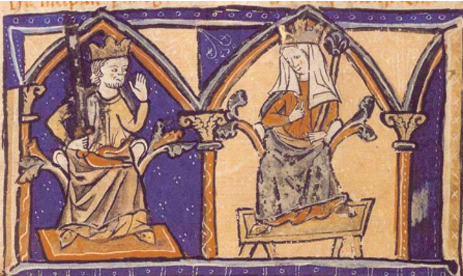 ALFONSO THE SLOBBERER: King Alfonso IX ruled León (now part of France) from 1188 to 1230. He was prone to fits of rage, and any time he got especially angry, especially while in battle, he drooled uncontrollably, sometimes to the point of foaming at the mouth.
ALFONSO THE SLOBBERER: King Alfonso IX ruled León (now part of France) from 1188 to 1230. He was prone to fits of rage, and any time he got especially angry, especially while in battle, he drooled uncontrollably, sometimes to the point of foaming at the mouth.
PIERO THE GOUTY: 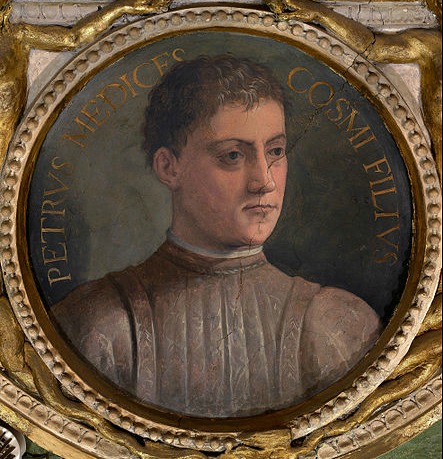 Heir to the powerful Medici family, which ruled Florence, Italy, in the 1500s, Piero suffered from gout, a form of arthritis commonly characterized by a large, painful sac of uric acid that forms somewhere inside the body. In Piero’s case, it was in his big toe.
Heir to the powerful Medici family, which ruled Florence, Italy, in the 1500s, Piero suffered from gout, a form of arthritis commonly characterized by a large, painful sac of uric acid that forms somewhere inside the body. In Piero’s case, it was in his big toe.
HARALD THE LOUSY: At the age of 12, Harald vowed to found a kingdom for the Norwegian people. He also vowed not to cut his hair until he achieved that goal. By 872, he’d founded the kingdom, but in the 10 years since he’d made his vow, Harald’s hair had grown extremely dirty and was riddled with lice. This earned him the nickname “the Lousy,” meaning “full of lice,” not “inadequate.” (Oh, that’s better.)
IVAR THE BONELESS: Historians believe that the ninth-century Danish Viking chieftain suffered from osteogenesis imperfecta, or extremely brittle bones. That, however, didn’t stop him from becoming a Viking warlord and leading successful invasions into northern England.
IVAILO THE CABBAGE: A rebel leader and briefly the emperor of Bulgaria in the 1270s, Ivailo probably got the name because, before becoming a politician, he was a peasant farmer. According to some translations, Ivailo was also known as “Radish” and “Lettuce.”
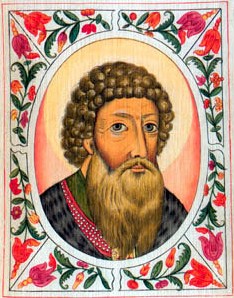 IVAN I DANILOVICH, MONEYBAGS: In the 14th century, Ivan was the grand prince of Muscovy, now part of Russia. He earned his nickname not only from his wealth but also because he was a tax collector for the Tatar Empire, which required him to haul around big bags of money.
IVAN I DANILOVICH, MONEYBAGS: In the 14th century, Ivan was the grand prince of Muscovy, now part of Russia. He earned his nickname not only from his wealth but also because he was a tax collector for the Tatar Empire, which required him to haul around big bags of money.
BOLESLAW THE WRY-MOUTHED: A duke of Poland in the 12th century, Boleslaw III was a scheming dictator who assumed power after forcing out his brother. “Wry” means “cleverly humorous” as well as “physically crooked,” and by historical accounts, Boleslaw possessed both kinds of wry mouth.
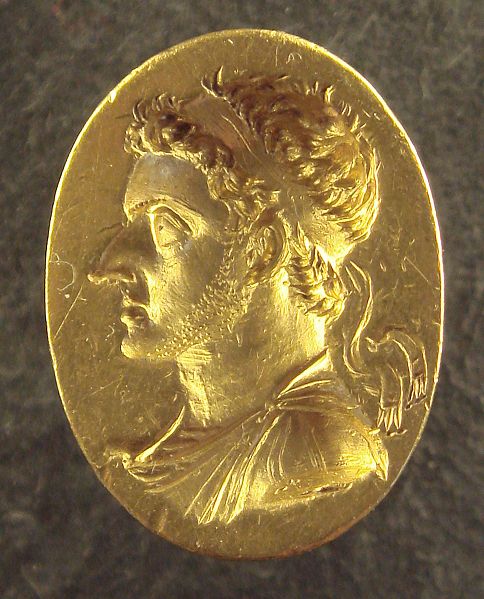 PTOLEMY VI THE MOTHER-LOVER: Ptolemy was the king of Egypt in the second century B.C. He ascended to the throne at age six and ruled jointly with his mother, the queen—Cleopatra I. Due to the fact that kings and queens are generally married to each other, Ptolemy became known as “the Mother-Lover.” But he didn’t really love his mother. (He did, however, marry his sister.)
PTOLEMY VI THE MOTHER-LOVER: Ptolemy was the king of Egypt in the second century B.C. He ascended to the throne at age six and ruled jointly with his mother, the queen—Cleopatra I. Due to the fact that kings and queens are generally married to each other, Ptolemy became known as “the Mother-Lover.” But he didn’t really love his mother. (He did, however, marry his sister.)
ERIC THE PRIESTHATER: King Eric II of Norway (1280–99) earned his nickname from his (successful) efforts to keep the Catholic Church from garnering special favors and obtaining land from the Norwegian government.
ETHELRED THE UNREADY: 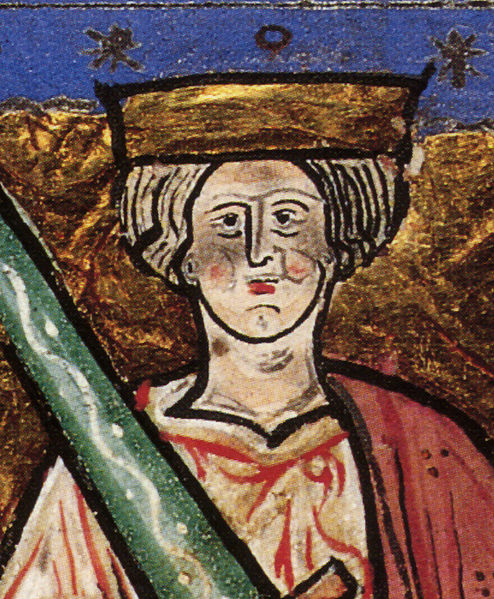 Although Ethelred was just 10 years old when he became king of England in 978, that’s not where the nickname originates. “Unready” comes from an Anglo-Saxon word that meant “ill-advised,” which reflects the unpopular decisions made by his advisors.
Although Ethelred was just 10 years old when he became king of England in 978, that’s not where the nickname originates. “Unready” comes from an Anglo-Saxon word that meant “ill-advised,” which reflects the unpopular decisions made by his advisors.
LONGSHANKS: Edward I of England (reigned from 1272 to 1307) had very long “shanks,” or legs. Standing at more than six feet, he was extremely tall for that era.
CONSTANTINE THE DUNG-NAMED: Eighth-century Byzantine emperor Constantine V got his nickname from political opponents who started a rumor that as a baby, he had pooped in a baptismal font. (He might have—he was a baby, after all.)
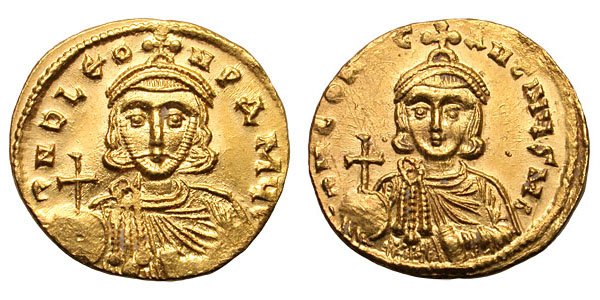

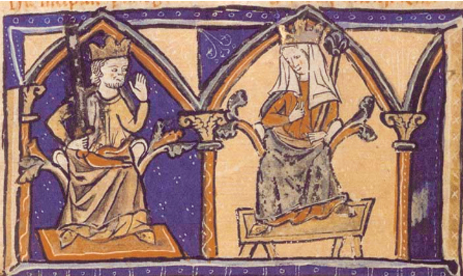
Ivar the Boneless and Other Leaders with Lofty Nicknames







